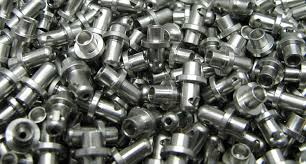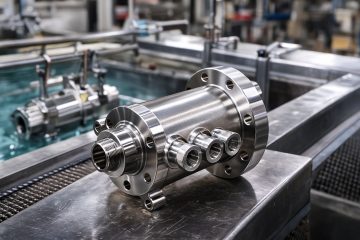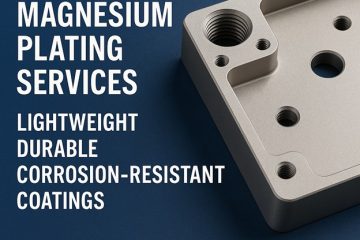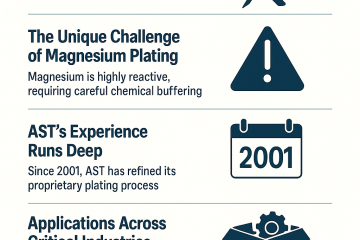Passivation Services by AST

Stainless Steel Passivation
Passivation is a technique used in physical chemistry and engineering in order to protect a material from environmental factors such as air and water, making the material “passive”. A shielding layer of corrosion on is applied on the surface to help create a buffer against corrosion. Passivation is useful in the industrial fields because it strengthens and preserves the appearance of metallic. It remains a critical step in maximizing the essential corrosion resistance of parts and components made from stainless steel. Passivation can occur spontaneously in nature, but typically it is applied as a microcoating to preserve industrial metals and products.
Most commonly, passivation services are applied to stainless steel parts in order to increase their resistance to oxidation, rusting and chemical attack. Stainless steel is used in situations where properties of steel and corrosion resistance are required. Stainless steel is a steel alloy with a small amount of chromium. Stainless steel, despite the name, is not completely stain-proof. Although it does not readily corrode, rust or stain with water, such as ordinary steel, stainless steel can be affected by certain environmental conditions such as low oxygen, high salinity or poor circulation.
The process for stainless steel passivation involves thorough cleaning of the parts so they are ready for immersion in a passivation acid bath. Chromium is used to form a passivation layer of chromium oxide. It produces a thin layer on the material making it impervious to water and air. The thin chromium oxide layer, when exposed to oxygen, protects the metal beneath. Several approaches can be used to achieve passivation including nitric aid passivation, nitric acid with sodium dichromate passivation and citric acid passivation. The proper method or approach is determined by the grade of stainless steel and the specific acceptance criteria. Passivation is performed after fabrication of machined parts in order to maximize the already inherent corrosion resistance of the stainless alloy.


